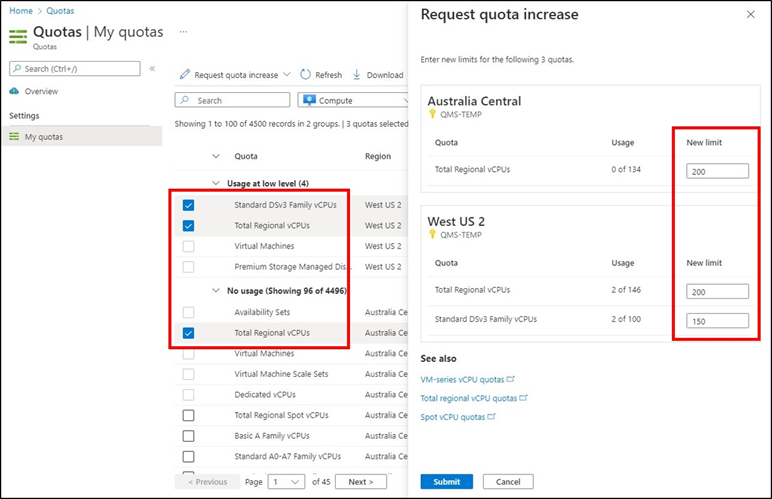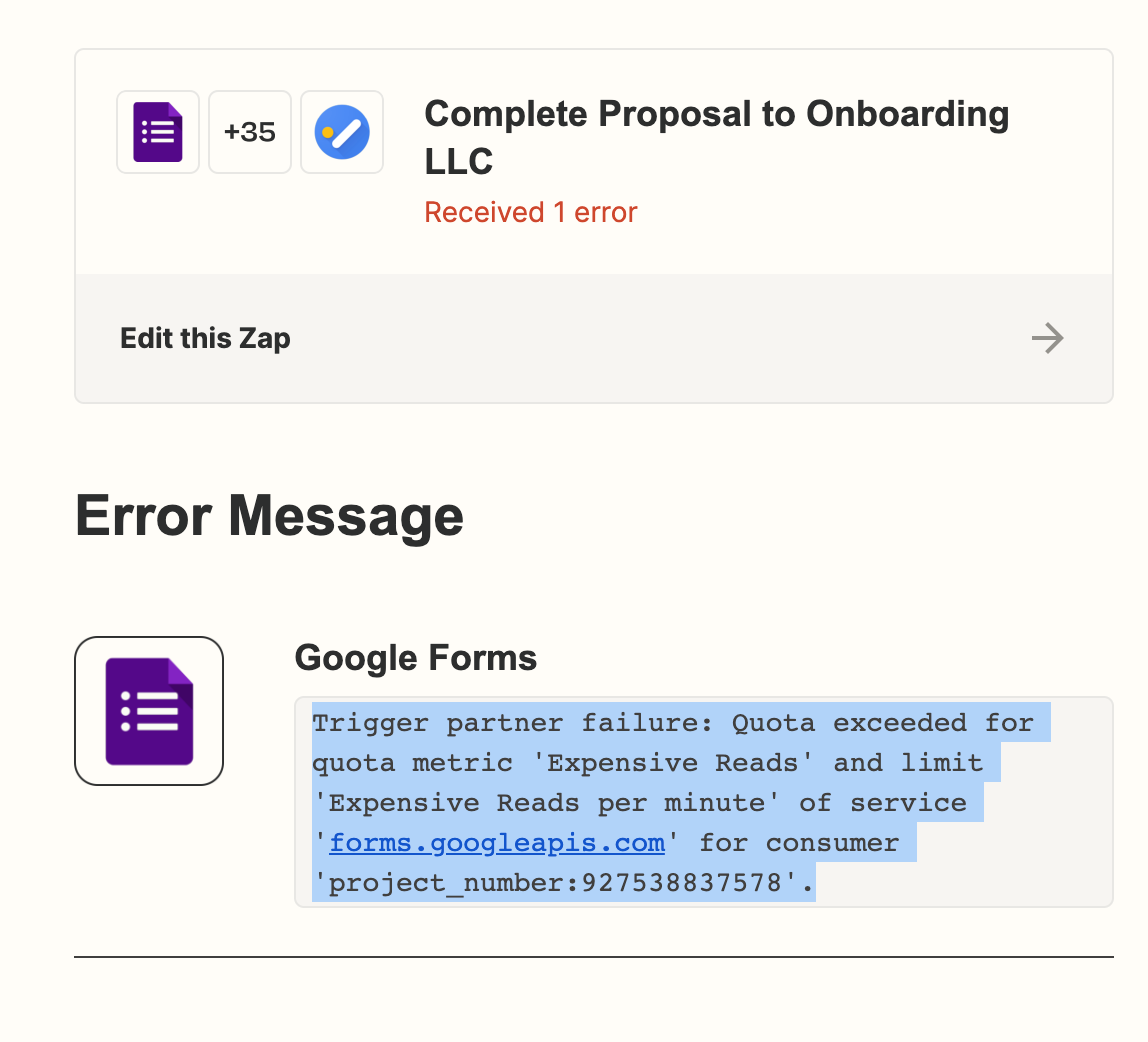History and Evolution of Passenger Planes

The history of passenger planes is a fascinating journey of innovation and progress, marked by the development of groundbreaking aircraft that revolutionized air travel. From the early days of biplanes to the modern era of jetliners, the evolution of passenger planes has been driven by a constant pursuit of speed, efficiency, and comfort.
Early Biplanes and the Dawn of Commercial Air Travel, Passenger plane
The early years of passenger air travel were dominated by biplanes, aircraft with two sets of wings. These planes were relatively slow and had limited passenger capacity but were a significant step forward in the development of commercial aviation. One of the first successful passenger planes was the Ford Trimotor, introduced in 1926. This aircraft could carry up to 12 passengers and played a crucial role in establishing the first commercial airlines. Another notable early biplane was the Junkers Ju 52, which became a popular transport aircraft during the 1930s and served in both commercial and military roles.
The Rise of Monoplanes and the Introduction of Pressurized Cabins
The 1930s saw the emergence of monoplanes, aircraft with a single wing, which offered greater efficiency and speed compared to biplanes. One of the most iconic monoplanes of this era was the Douglas DC-3, known as the “Dakota.” Introduced in 1935, the DC-3 became a workhorse of commercial aviation, renowned for its reliability and passenger comfort. Its pressurized cabin, a revolutionary innovation, allowed passengers to fly at higher altitudes without experiencing discomfort from the low air pressure. This innovation paved the way for longer-range flights and opened up new possibilities for air travel.
The Jet Age and the Introduction of Jetliners
The arrival of jet engines in the 1950s marked a significant turning point in the history of passenger planes. The de Havilland Comet, introduced in 1952, became the first commercial jetliner. However, a series of accidents led to its grounding, prompting further research and development in jet engine technology. The Boeing 707, introduced in 1958, became the first truly successful jetliner, revolutionizing air travel with its speed, efficiency, and passenger capacity. The 707’s success spurred the development of other iconic jetliners, including the Douglas DC-8 and the Concorde, the first supersonic passenger jet.
Technological Advancements and the Evolution of Modern Jetliners
The development of modern jetliners has been driven by a constant pursuit of technological advancements. The introduction of composite materials in aircraft construction led to lighter and more fuel-efficient planes. Advanced avionics systems have enhanced safety and efficiency, allowing for more precise navigation and automated flight controls. Improved engine technology has resulted in quieter and more fuel-efficient engines, reducing noise pollution and carbon emissions. These advancements have significantly improved the passenger experience, making air travel faster, more comfortable, and more accessible.
Types of Passenger Planes

Passenger planes come in a variety of sizes and configurations, each designed to meet specific needs in terms of passenger capacity, range, and operating costs. Understanding the different types of passenger planes helps us appreciate the complexity and diversity of the aviation industry.
Classifying Passenger Planes
Passenger planes are categorized based on their size, range, and purpose. The size of a plane is determined by its passenger capacity, which is a measure of how many passengers it can carry. The range of a plane is the maximum distance it can fly without refueling. The purpose of a plane refers to the type of operations it is designed for, such as short-haul, long-haul, or regional flights.
Regional Jets
Regional jets are small, narrow-bodied aircraft designed for short-haul flights, typically serving routes between smaller cities and regional airports. They offer a comfortable and efficient way to connect passengers to larger hubs.
- Size: Typically carry 50-100 passengers.
- Range: Have a shorter range compared to larger planes, usually up to 1,500 miles.
- Purpose: Primarily used for regional flights, connecting smaller cities to larger hubs.
- Examples: Bombardier CRJ700, Embraer E175, Embraer E190.
Narrow-Body Airplanes
Narrow-body airplanes are the most common type of passenger plane, used for both short-haul and medium-haul flights. They offer a balance between passenger capacity and operating costs.
- Size: Typically carry 100-200 passengers.
- Range: Have a moderate range, usually up to 3,000 miles.
- Purpose: Used for both short-haul and medium-haul flights, connecting major cities and popular destinations.
- Examples: Boeing 737, Airbus A320, Airbus A321.
Wide-Body Airplanes
Wide-body airplanes are larger aircraft designed for long-haul flights, carrying a significant number of passengers over long distances. They are often used for international routes and offer more comfort and amenities.
- Size: Typically carry 200-400 passengers.
- Range: Have a long range, often exceeding 5,000 miles.
- Purpose: Used for long-haul flights, connecting continents and major international destinations.
- Examples: Boeing 777, Boeing 787, Airbus A330, Airbus A350.
Very Large Airplanes
Very large airplanes are the largest commercial aircraft, designed for ultra-long-haul flights and carrying a massive number of passengers. They offer exceptional comfort and amenities, catering to high-demand routes.
- Size: Typically carry over 400 passengers.
- Range: Have an ultra-long range, exceeding 8,000 miles.
- Purpose: Used for ultra-long-haul flights, connecting distant continents and offering high passenger capacity.
- Examples: Airbus A380, Boeing 747.
The Passenger Plane Experience

Stepping onto a passenger plane is a journey that transcends mere transportation. It’s an experience that encapsulates the evolution of human ingenuity and the pursuit of efficient travel. From the moment you check in to the moment you disembark, the passenger plane experience is a carefully orchestrated symphony of comfort, safety, and service.
Passenger Plane Cabin Layout and Design
The layout and design of a passenger plane cabin are meticulously planned to optimize passenger comfort and maximize space. The cabin is typically divided into three main sections: First Class, Business Class, and Economy Class. Each section is designed to offer a distinct level of comfort and amenities, catering to diverse travel needs and budgets.
Amenities and Services in Different Travel Classes
| Class | Amenities | Services |
|---|---|---|
| First Class |
|
|
| Business Class |
|
|
| Economy Class |
|
|
| Other Areas |
|
|
Safety Features and Procedures
Passenger safety is paramount in the aviation industry. Airlines and aircraft manufacturers implement stringent safety measures to ensure the well-being of passengers and crew.
- Emergency Exits: Passenger planes are equipped with multiple emergency exits strategically placed throughout the cabin. These exits allow passengers to evacuate the aircraft quickly and safely in case of an emergency.
- Safety Demonstrations: Before takeoff, flight attendants conduct safety demonstrations, explaining the location of emergency exits, safety equipment, and procedures for evacuating the aircraft in case of an emergency.
- Oxygen Masks: In the event of cabin depressurization, oxygen masks automatically drop down from the overhead compartments. These masks provide passengers with a supply of oxygen, allowing them to breathe safely during an emergency.
- Life Jackets: Passenger planes are equipped with life jackets stored under each seat. These jackets are essential for passengers in the event of a water landing.
- Smoke Detectors and Fire Extinguishers: Passenger planes are equipped with smoke detectors and fire extinguishers to detect and extinguish fires in the cabin.
- Emergency Landing Procedures: Pilots are trained to handle emergencies and execute emergency landing procedures in case of unforeseen circumstances.
- Regular Maintenance and Inspections: Aircraft undergo regular maintenance and inspections to ensure their airworthiness and safety. These inspections cover all aspects of the aircraft, including engines, wings, and landing gear.
You know, those tiny little airplane snacks they give you on a passenger plane? They’re basically a metaphor for the relationship between Iranian and Israeli relations – all talk, no real substance. I mean, who needs a tiny bag of peanuts when you’re flying over a whole ocean?
Just sayin’.
You know, flying on a passenger plane can be a real mixed bag. Sometimes you get a chatty neighbor who wants to tell you all about their grandkids, and sometimes you get to witness a passionate debate about the future of our nation.
Well, at least that’s what happened when I watched the cbs vice presidential debate – it was like a whole plane full of political opinions, and let me tell you, it was a bumpy ride! Anyway, I’m just glad I brought my noise-canceling headphones for the flight back to reality.
